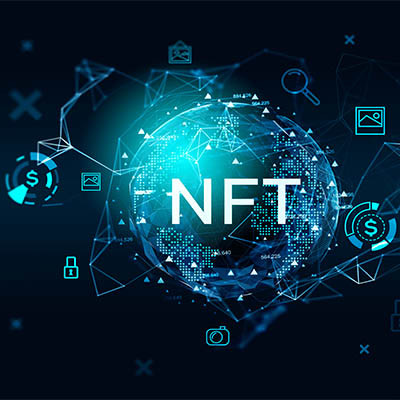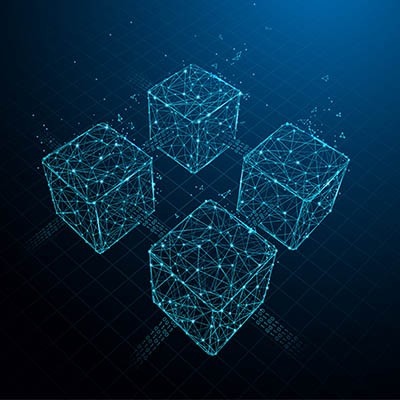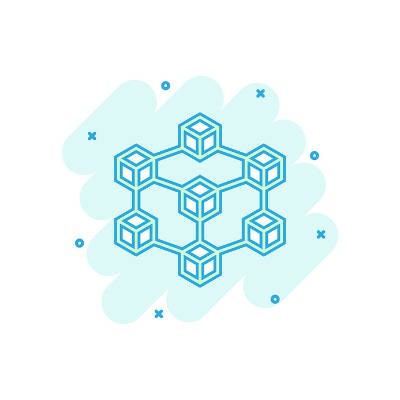Blockchain has increasingly become a technology you hear about, but you may not completely understand how it works. It’s often painted as a controversial technology because the corrupt behaviors of people managing cryptocurrency exchanges have put a negative sheen on the technology. The technology, however, has a wide range of applications across various industries due to its decentralized, secure, and transparent nature. Let’s take a look at a couple of the uses for blockchain.
PCSOFT Blog
For the past decade or so, one of the most mentioned emerging technologies is blockchain. It was hailed as the technology that would change everything, but as far as the practical uses that would facilitate that change, blockchain hasn’t seemed to have done much. Today, we thought we would take a closer look at blockchain and why it hasn’t become the world-altering technology a lot of people were expecting.
Blockchain was all the rage for five years. You couldn’t talk about technology without someone bringing it up. At that point, it was listed as the remedy for all the world’s problems. Five years later, it’s not being mentioned quite as much, but it has been used to create some very useful products. Let’s take a look at what is going on with blockchain technology in 2020.
It seemed that, not so long ago, everything was going to be associated in some way to blockchain and blockchain technology. All online transactions and data were going to use the blockchain for security. However, as 2020 has provided some very effective distractions from the thought of blockchain, it seems to have slipped from the public consciousness. Let’s look at how blockchain is still being used today to drive innovation as a quick reminder.
The healthcare industry is heavily reliant on its IT. Before 2009, there were scant traces of information technology making its way into healthcare organizations in the United States, but in 2009 there was a major shift after the 111th U.S. Congress passed the Health Information Technology for Economic and Clinical Health Act (HITECH Act) as a part of the American Recovery and Reinvestment Act of 2009. Today, IT in the health industries is prevalent, and mostly expected.
As one of the most important emerging technologies out there at the moment, speculation about blockchain, and its growing list of practical applications, has run rampant. Soon, someone will come out with a blockchain application that makes and delivers pizzas. In all seriousness, it really holds a lot of promise for the development of interesting applications. For this week’s tech term, we look at the blockchain.
Cryptocurrency, most notably Bitcoin, has made the headlines in recent months with huge fluctuations in supposed value. While the topic of cryptocurrency is one that would take far more than a single blog post to discuss, we can examine the technology that allows these currencies to exist and posit what it could likely be used for in the near future.
We often go into depth about technology, management, and other business-oriented topics, and occasionally we decide to talk about a technology that may not be all that familiar to people with the hope that a short primer on the subject will ultimately help our readers to become curious and do their own research to understand the technology better. With Bitcoin being a trending topic in the news, understanding what a blockchain is will help you understand how this technology will drive data security in the coming years.











